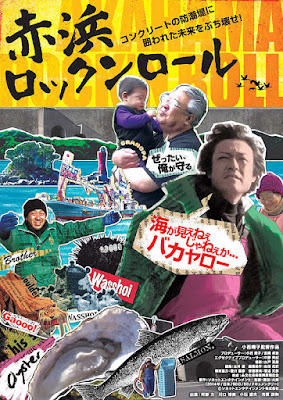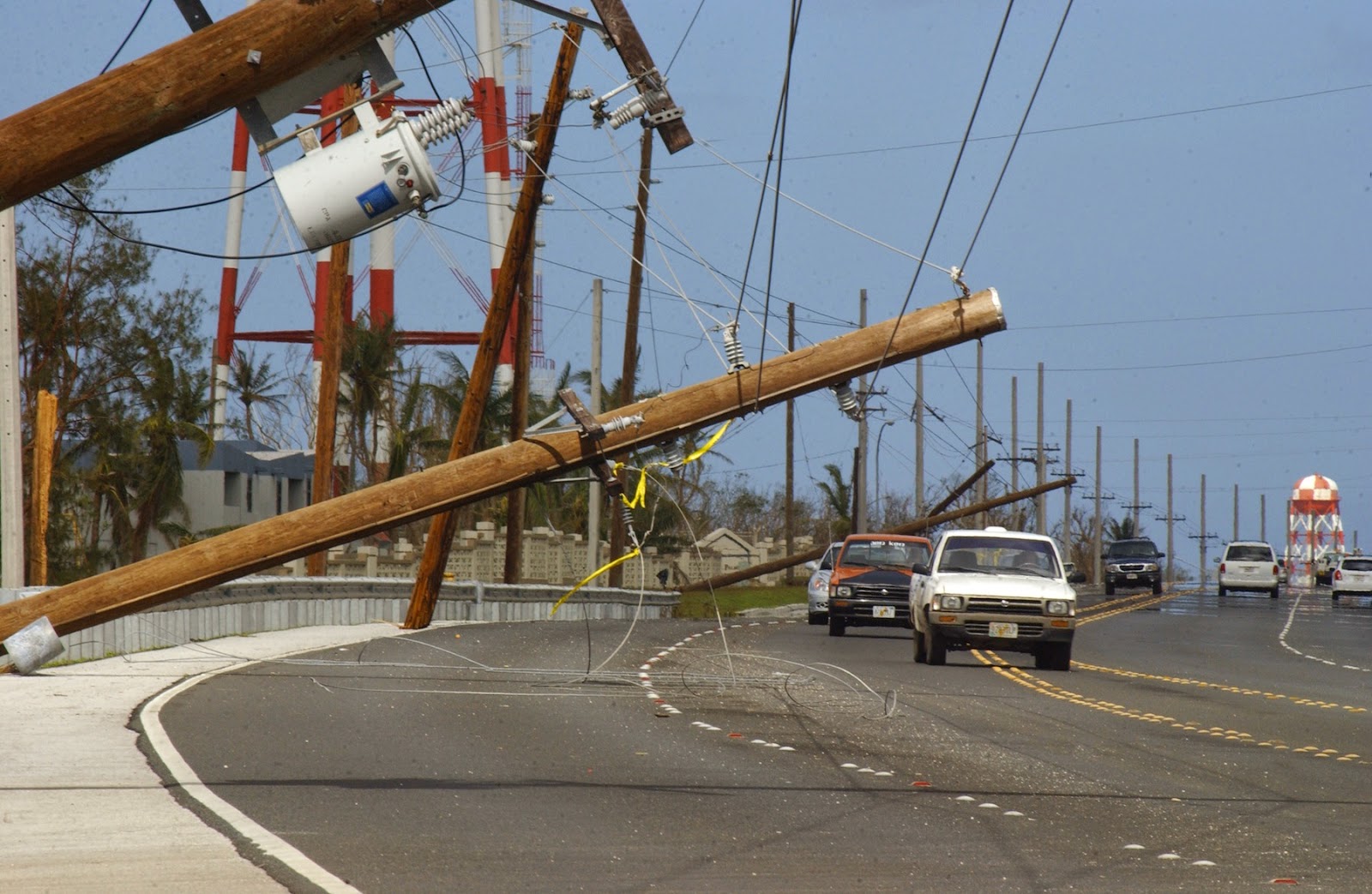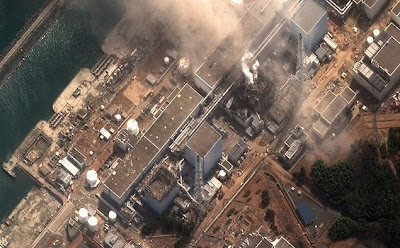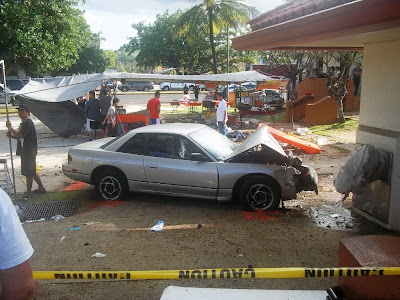The Mayor of San Juan
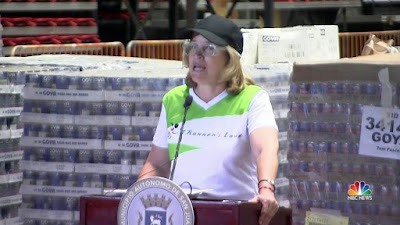
Estague i mayot giya San Juan, i kapitåt para i islan Puerto Rico, un otro na colony gi påpa' i Estådos Unidos. Gi ma'pos na simåna sen hinatme i isla ni' un dångkolo'lo' na påkyo'. Meggai na taotao manmamadedesi guihi på'go. Gof annok gi sinangån–ña si Donald Trump yan gi bidan-ña i Gubetnamenton Federåt na ti manmatratråta i taotao guihi parehu put i estao-ñiha. Anggen un taitai pat un hungok i sinangån-ña gof annok yan oppan na ha apagågayi i minagahet colonial. Anggen ti siña un li'e' pat hungok, put fabot akompåra i tratamento giya Texas yan Florida yan giya Puerto Rico. Gof annok ti manchilong todu gi Estådos Unidos, Giya Guåhan, fihu masångan na mamparehu hit gera, lao åhe' gi pas. Gof annok gi håfa masusesedi giya Puerto Rico na ti mamparehu hit lokkue' gi pakyo' pat otro taiguihi na klasen ira. ************************** Retired Lieutenant General: While Trump Golfs, San Juan's Mayor is 'Living On A Cot." b

